What are the rules of taste at Christmas? How might the fastidious chart a neat path through this garish and cluttered carnival of unreflective consumption? How might dignity be maintained in this tinselled and glitter-balled waste of space?
Actually, how might we design it better? Nicky Haslam once and quite correctly, without a flicker of irony, advised me that ‘coloured lights are common’. There is value in such advice and we will return to this refreshing idea a little further down the page.
Germans and Americans have a peculiar historic hold over our imaginations at this time of year. It was Victoria’s earnest German Prince, Albert of Saxe-Coburg and Gotha, who first imported the hitherto pagan Christmas tree. And it was Albert’s over-busy man-of-business Henry Cole who introduced the mass-produced Christmas card, unwelcome prototype of junk mail.
In the wince-making doggerel of ‘’Twas the night before Christmas’, Clement Clarke Moore, a New York writer and translator (although some say it was Henry Livingston), established the idea that Santa Claus’s preferred transport option was a reindeer-powered sledge. Dear me. That archly antique motif of ‘’twas’ is a reliable clue to rubbish literary content. Glitter has a similar warning role in the matter of decoration.
The evolution from Saint Nicholas, sourced in the 4th-century Christian Greek Bishop of Myra, patron saint of children, to the secular, rubicund, guffawing, unwholesome, gift-distributing, grotto-dwelling Santa was fixed in the popular imagination with advertisment artwork for the Coca-Cola Company of Atlanta by a depressive Swedish painter called Haddan Sundblom. Santa belongs not to the ages, but to a US beverage corporation.
Meanwhile, Rudolph the Red Nosed Reindeer appeared first, not in Norse mythology nor the teachings of the Church Fathers, but in 1939 as a display for the Montgomery Ward department stores. The display’s designer gave creative rights to Rudolph to his brother-in-law, who was then, I am sorry to say, inspired to write a song whose acid triviality corrodes the higher faculties of all who hear it.
Today, the gold standard in Christmas sentiment is set by Ralph Lauren. The company’s flagship store, the Rhinelander Mansion on Madison Avenue, has always been indistinguishable from a heroic museum of Wasp ethnography. Ralph Lauren himself, the son of a faux-bois painter called Lifschitz, has a business genius for surface effects. In the seasonal sales literature you find roaring fires, tartan throws, rich greens and reds and, withal, a glow of physical comfort and its close relative, emotional stability.
After Halloween and Thanksgiving, Christmas is America’s most important holiday. Preparations begin early, if they ever actually cease. I once stayed in a grand house, built for a Pierpoint Morgan daughter, on the North Shore of Long Island. It was an unusually steamy August day and we were all preoccupied, as we lazed by the pool, with swatting midges and chilling the Californian white. Neither sledge nor reindeer were in sight, but a van arrived and out popped a sweaty Santa with some elves and Christmas trees. It was the Saks Fifth Avenue Christmas Catalogue shoot. It was 95 degrees and 100 per cent relative humidity.
And it is American genius that is to blame for what is predicted to be this year’s most popular children’s gift, the relaunched Furby. Demand will be 30 per cent above supply. Can there be more damning evidence of the failure of the 1944 Education Act than that? There are rivals for the most meretricious and brainless bit of tat imaginable — candidates include the Star Wars Death Star Tea Infuser and the Radio-Controlled Zombie Shark Air Swimmer — but Hasbro, apex predators in the children’s gift business, have invested Furby with winning new technology to vanquish putative competitors.
When Furby, with robotised voice, was launched in 1998 he was not very intelligent. Still, the market is undemanding and many millions were sold before Hasbro retired him in 2001. Now it has been judged by Hasbro taste experts that the market is ready again to accept a cutely furred gonk.
And in accordance with the spirit of the age, Furby has a specification enhanced with respect to heretofore. With more emotionally expressive LCD eyes, voice-recognition software and his very own iOS app, Furby enchants the very stupid. At this point I recall that I read in an old Victorian book that Christmas was first observed here in 512, on a day once reserved for Satanic worship. Furby, in all his sly craft and treacherous allure, is surely a diabolical agent?
The beliefs and preoccupations of civilisations are revealed in the things we make and use. And desire. Thus Furby is an indictment of our own and its trashy taste vectors. A lot of nonsense is spoken about design, but there are some fixed principles that the horror of Furby prove. These were established in 1909 by Gustav Pazaurek at Stuttgart’s Museum of Art Indiscretions.
As if predicting the excesses of a modern Christmas, Pazaurek made a list of taste errors. It is so comprehensive, citation in full is impossible, but so comically accurate that a lengthy extract is a thrilling tonic for those bemused by Furby and the other horrors surrounding them today.
Art Indiscretions, in a translation by Berlin’s Museum der Dinge, include ‘Inferior materials, knotty wood, poor alloys, toxic substances, cheap processes, concealed flaws, distorted moulds, spotted glaze. Objects made of human or animal parts including bone, skin, fingernails, rhino horns, ostrich eggs, antlers, teeth, vertebrae, feathers, fish scales, lizards, lobster claws, butterflies and beetles, egg membrane, nuts, spices, ferns, fungus, coloured sand, ice and bread. Painstaking hobbies which overtax materials. Handicrafts which ignore the properties of a material. Anything made of an inappropriately costly material. One material crafted to ape the character of another. Shallow material puns.’
To this appalling catalogue of visual distress was added: ‘Manic ornamentation. Decoration used to disguise flaws. Surface invasions: marbling wood or paper, gilding porcelain or glass. Any decoration created by accident: ink blots, poured glaze, melted wax, pictures drawn in a trance. Originality. Anachronisms and exotica. Exaggerated finishes including fluorescence. Primitivism and folk art. Anything made for children. Wasted resources, especially single-use or disposable objects. Pollution. Animal trophies. Sexism and racism. Exaggerated claims of exclusiveness.’
Thus the gross Furby is the embodiment of our too brightly coloured contemporary Christmas and the redundant gifts and trick effects that are part of it. The Marxist historian Eric Hobsbawm is rarely quoted, directly or indirectly, with approval in The Spectator, but here is an exception. Hobsbawm said that the less educated the consumer, the greater his taste for decoration. I do not know that Hobsbawm, who unfortunately died before the relaunch, was aware of the brightly coloured Furby, but he would surely agree that, if temporary decoration may be compared to ludicrous merchandise, his idea applied here.
So what are the rules of taste at Christmas? Count yourself rich by the things you can do without! Otherwise, I will leave it to Nicky Haslam of SW1 and his unlikely soul mate, Irving Berlin of the shtetl. Each is dreaming of a white Christmas.
Got something to add? Join the discussion and comment below.
Get 10 issues for just $10
Subscribe to The Spectator Australia today for the next 10 magazine issues, plus full online access, for just $10.

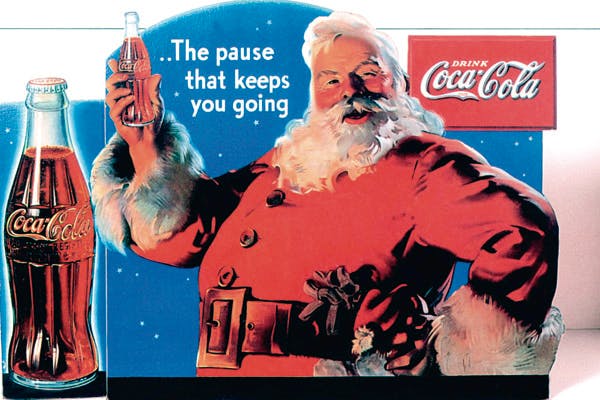
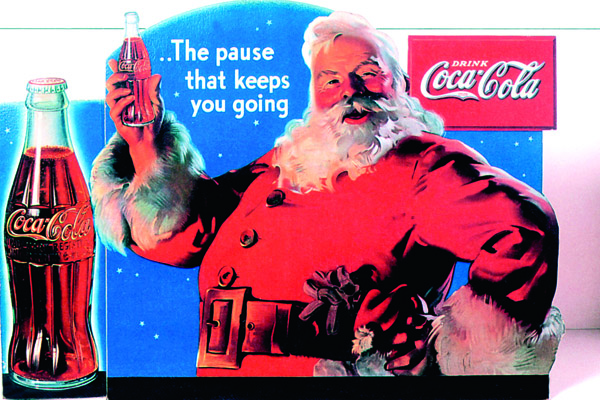
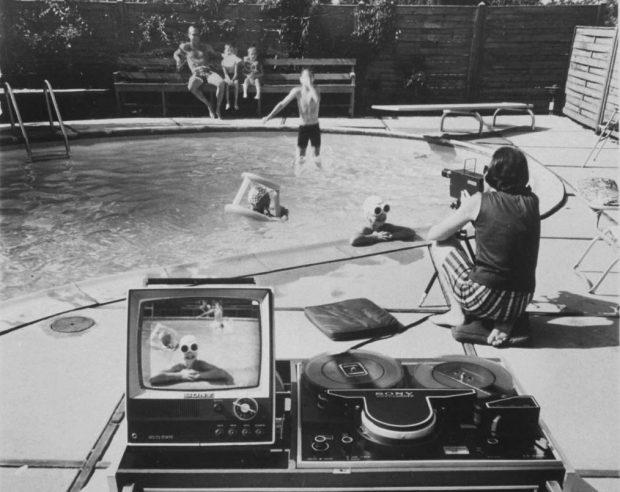
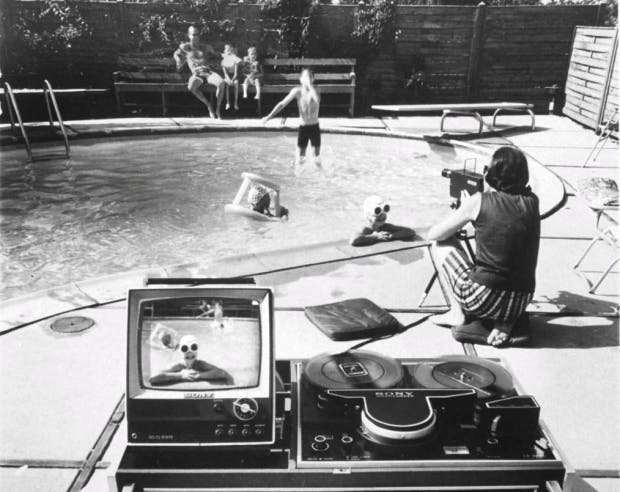
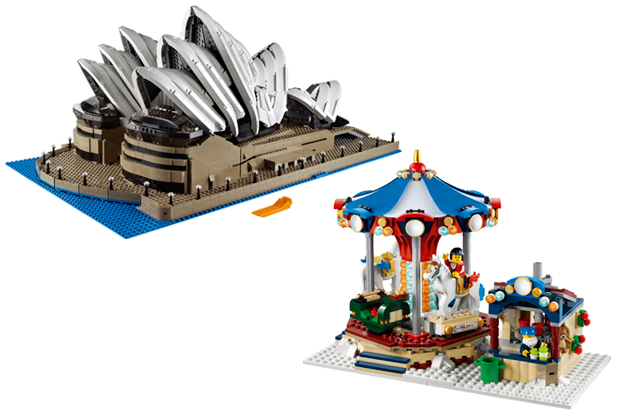
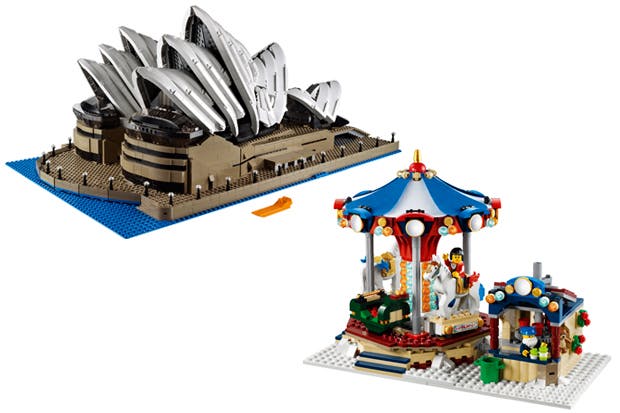







Comments
Don't miss out
Join the conversation with other Spectator Australia readers. Subscribe to leave a comment.
SUBSCRIBEAlready a subscriber? Log in